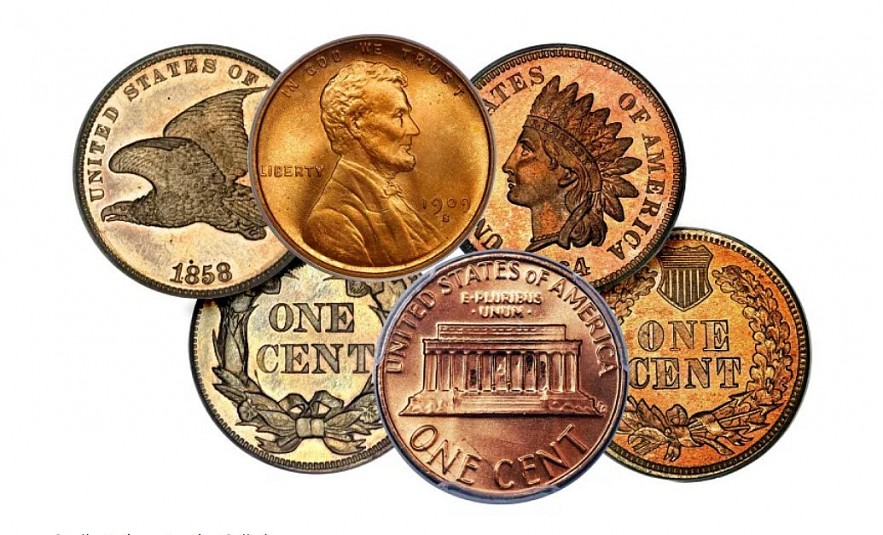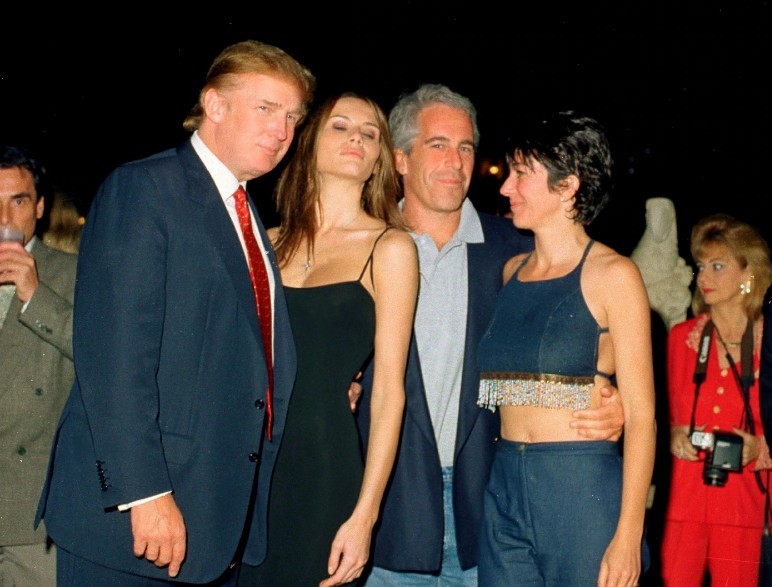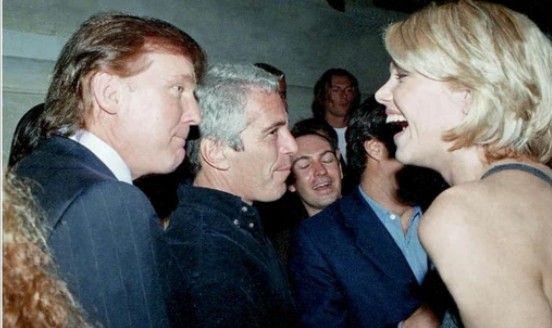Fact-Check: US Penny Toward Extinction After 230 Years
Is the US Penny Being Phased Out After 230 Years?
After centuries of being a staple of American pocket change, the US penny is nearing its end. Reports from the US Mint confirm that the final order of penny blanks has been placed, signaling a planned halt to the 1-cent coin’s production once supplies run dry. This move is framed as a strategic cost-saving effort and comes in the wake of public calls by former President Donald Trump to stop minting what he called a “wasteful” coin.
Read more: Who Are On American Money - Banknotes and Coins
 |
| The End of the US Penny? Fact-Checking Trump's Role and What It Means for America's Currency Future |
Did Trump Really End the Penny? Parsing Fact from Politics
In a February 2025 post on Truth Social, Trump declared, “I have instructed my Secretary of the US Treasury to stop producing new pennies.” But while Trump’s message was loud, his legal authority was limited. The President can influence policy, but ending production lies with the Treasury, and actual discontinuation requires an act of Congress. What Trump did was shine a spotlight on an issue already under internal review.
The Economics of a 1-Cent Coin: Penny Production by the Numbers
In 2024, it cost the US Mint nearly 4 cents to produce each penny. With over 3.2 billion pennies minted annually, that’s an expenditure of more than $128 million to create just $32 million in coin value. This inefficiency is at the core of the decision, with Treasury officials estimating a savings of $56 million per year if production ends.
A Brief History of the US Penny
First minted in 1793, the penny was among the earliest coins authorized under the Coinage Act of 1792. Originally crafted from pure copper, it featured Lady Liberty before switching to Abraham Lincoln in 1909—the first real person on US currency. Over time, the penny's composition changed (notably to zinc and steel during World War II), but its sentimental and symbolic value persisted.
Penny Circulation: Where Are They Now?
While around 114 billion pennies are still technically in circulation (worth $1.14 billion), most no longer serve a practical role. Studies by the Federal Reserve show that pennies are often hoarded, lost, or discarded, effectively removing them from the economy soon after use.
The Legal Barrier: Can the Penny Really Be Eliminated?
The US Treasury can reduce coin production, but only Congress has the power to officially eliminate a denomination. Two bipartisan bills are currently addressing this:
-
Make Sense Not Cents Act by Senators Mike Lee and Jeff Merkley
-
Common Cents Act supported by Representatives Lisa McClain, Robert Garcia, Cynthia Lummis, and Kirsten Gillibrand
These bills aim to modernize currency policy and eliminate the penny.
Pros and Cons of Phasing Out the Penny
Arguments in Favor:
-
Financial savings: Up to $56 million annually
-
Improved transaction speed: Reduced need to count coins
-
Support for digital currency migration
Arguments Against:
-
Nickel costs more: Nearly 14 cents to produce
-
Potential rounding inflation: Concern for cash transactions
-
Charity impact: Pennies drive micro-donations in many campaigns
Eye-Opening Coin Facts You Should Know
-
The penny was the first US coin minted in 1793
-
“In God We Trust” first appeared on the penny in 1864
-
Abraham Lincoln was the first actual person on US currency
-
Canada, Australia, and New Zealand have all retired their lowest denomination coins
-
A 1943 copper penny is one of the rarest and most valuable—worth over $1 million
AI, Fintech, and the Currency Evolution
The death of the penny is part of a broader economic transformation. AI and data analytics are helping governments evaluate cost inefficiencies in real-time. As consumers embrace digital wallets, contactless payments, and cryptocurrency, the role of physical currency is rapidly shrinking.
AI models help forecast budget outcomes, optimize production logistics, and assess social impact. In this case, AI played a role in quantifying the penny’s cost versus value—data that’s now steering national policy.
What Happens to Consumers Without the Penny?
-
Cash purchases rounded: Final totals rounded to the nearest 5 cents
-
Digital payments unchanged: Remain exact
-
Businesses update registers: Point-of-sale systems adjusted accordingly
-
Collector interest spikes: 2025 pennies may become collector’s items
Final Thoughts: A Coin with a Complex Legacy
Eliminating the penny isn’t just about economics—it’s a cultural shift. From historic moments to everyday transactions, the penny has served a role in American life. But in a data-driven, digitally focused economy, the time may have come to let go. As America steps into a new financial era, this small coin leaves behind a big story.
FAQs: What You Need to Know About the Penny’s Future
Q1: Is the US penny being discontinued?
Yes, production is being phased out as of 2025, but full removal requires Congressional action.
Q2: What is the real reason for ending penny production?
The coin costs almost four times its value to produce, resulting in tens of millions in government losses.
Q3: Was it Trump’s decision?
Trump helped drive attention to the issue, but only Congress can officially remove the penny.
Q4: Will the penny still be legal tender?
Yes, all existing pennies remain valid for purchases and deposits.
Q5: How will retail stores handle pricing without pennies?
Cash transactions may be rounded to the nearest 5 cents. Digital and card payments stay exact.
Q6: Could other coins be affected?
Yes, the nickel—which costs 14 cents to make—is under scrutiny too.
Q7: What happens to my collection of pennies?
Collectors may find increased value in rare or final-edition coins, especially those minted in 2025.























